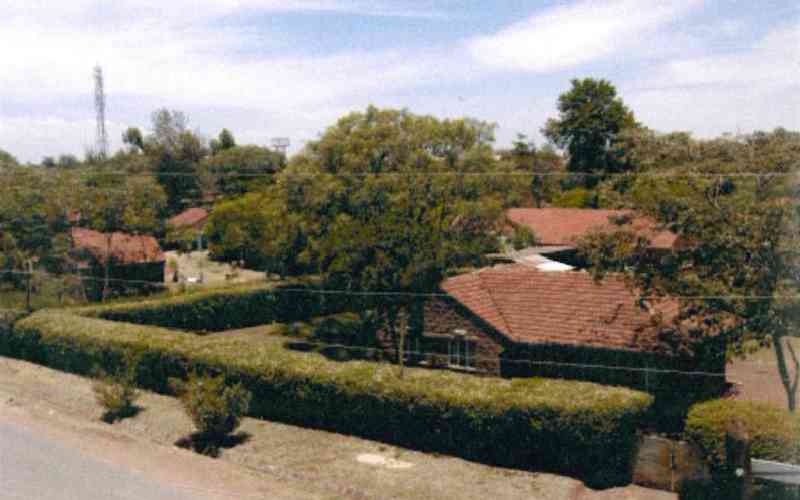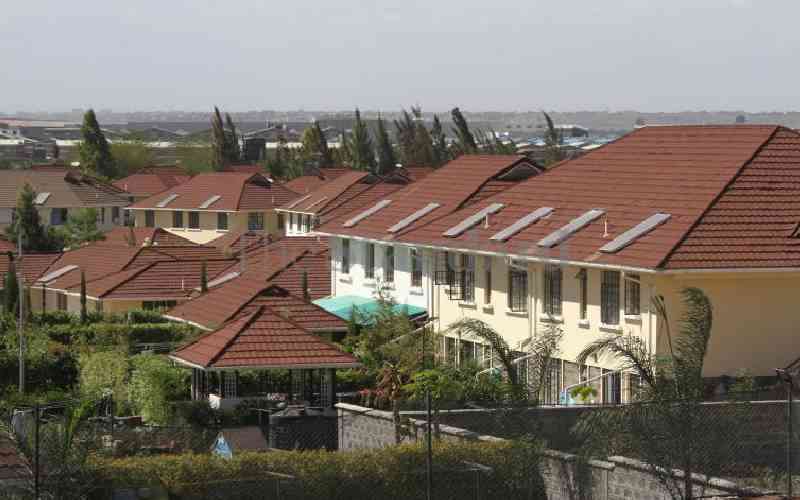For many, the demolitions are a triumphant assault on corruption. For some like me, the bulldozing exercise leaves behind heaps of rubble and mountains of questions.
The first set of questions is asked in good faith and deep concern. Were the demolitions planned and thought through? According to the Nairobi Central Business District chief who is in charge of the operation, about 4,000 buildings are targeted in the exercise. And it is to take just two months. That is more than the 3,878 schools destroyed in the whole of war-torn Syria in four years. It is more than the 1,474 buildings destroyed during the Crimean annexation. It is 11 per cent of destruction in the devastating five-year Battle of Allepo, and a shocking 57 per cent of destruction in Falluja Iraq.
Another question is, in what amount of time will these 4,000 doomed structures come down realistically? By the time Uhuru Kenyatta leaves office in 2022, an aerial photograph of Nairobi will look post-apocalyptic. We could look like a post-war city, without having gone through war. And there is yet another question to do with planning. Why are tiny bulldozers being used to knock down massive buildings? Why, for instance, weren’t controlled explosions considered as a more effective and safer option? Why are these poor bulldozer operators continually exposed to the danger of falling bricks and walls?
Still on the question of whether this whole operation was thought through: Who will take responsibility for the clean up of the debris? It is illogical, in my view, to expect the owners of the fallen buildings to do so, seeing as the property is no longer theirs. They have absolutely no motivation. So should we therefore expect that for the foreseeable future, we will be driving and walking past unsightly modern day ‘Gedi ruins’ and sad structural skeletons of gutted buildings everyday?
The second set of questions is asked in genuine puzzlement, but also in admiration. How exactly will Kenyatta gain political capital from the demolitions? On the one hand it is brave and selfless of the President to take decisive and dramatic action. And he has done this with the knowledge that he is creating a wake of disgruntled friends and bitter enemies. This is statesmanship, putting country before self. It remains to be seen whether he will see the operation through. Whether he will not waiver, and be non-selective. Whether he will be consistent and even take down the whole strip of Industrial Area that is standing a few measly meters from the river.
On the other hand however, the President comes off as retributive. The demolitions appear to be an exercise in ‘teaching people a lesson’. There is no indication of ‘what is next’ after that. The purpose for the demolition of buildings makes perfect sense from an ecological and environmental point of view. But because of the retributive nature of the ‘demolition operation’, there is a fear that people’s investments are subject to the whims of a ‘destructive' regime. Even though the operation may well have been planned, it has been executed as though it was arbitrary. The problem is in the vagueness and contradiction of the law regarding riparian land. The problem is also in the licences that cannot protect owners when the bulldozers roll in. The questions therefore are; is property safe? Will road demolitions be next? From how things are going, it looks like when purchasing or developing real estate, one must now hire a prophet, in addition to construction professionals, to be certain that their property is not on a future swamps, underground tributaries, national heritage sites or ancient sacred land.
- The writer is a PhD candidate in Political Economy at SMC University. [email protected]
 The Standard Group Plc is a
multi-media organization with investments in media platforms spanning newspaper
print operations, television, radio broadcasting, digital and online services. The
Standard Group is recognized as a leading multi-media house in Kenya with a key
influence in matters of national and international interest.
The Standard Group Plc is a
multi-media organization with investments in media platforms spanning newspaper
print operations, television, radio broadcasting, digital and online services. The
Standard Group is recognized as a leading multi-media house in Kenya with a key
influence in matters of national and international interest.
 The Standard Group Plc is a
multi-media organization with investments in media platforms spanning newspaper
print operations, television, radio broadcasting, digital and online services. The
Standard Group is recognized as a leading multi-media house in Kenya with a key
influence in matters of national and international interest.
The Standard Group Plc is a
multi-media organization with investments in media platforms spanning newspaper
print operations, television, radio broadcasting, digital and online services. The
Standard Group is recognized as a leading multi-media house in Kenya with a key
influence in matters of national and international interest.








